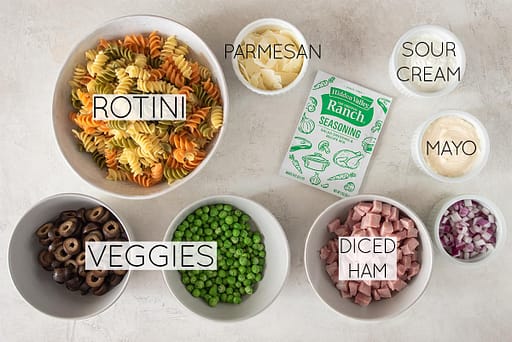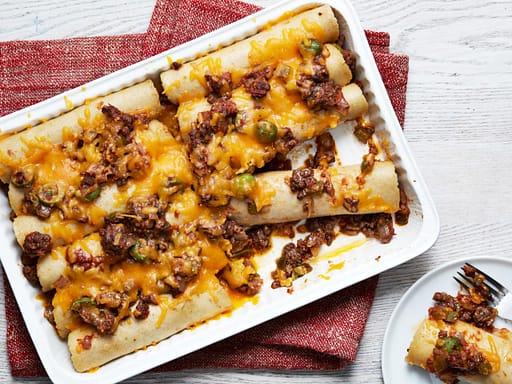Preserve your family’s culinary heritage and create a lasting memento with a personalized family recipe book. This heartwarming keepsake will not only house cherished recipes but also tell the stories and memories behind them. Embark on this rewarding journey by gathering insights and inspiration from these creative ideas for making a family recipe book.
Begin by delving into your family’s culinary archives, collecting handwritten notes, yellowed clippings, and cherished anecdotes. Reach out to relatives, both near and far, to gather their favorite recipes, capturing the diverse flavors and traditions that define your family’s table. Consider hosting a family gathering where you can cook together, swap stories, and create new memories while expanding your culinary repertoire.
Personalize your recipe book by including family photos, handwritten notes, and anecdotes that evoke the people, places, and moments associated with the recipes. Consider creating a dedication page to honor the family members who have contributed to the culinary legacy. You could also add a section for family traditions, stories, and anecdotes that provide context and meaning to the recipes.
Organize Your Recipes
Organize your recipes in a way that makes sense for your family. Group them by category (appetizers, entrees, desserts, etc.), cooking method (baked, grilled, fried, etc.), or occasion (holiday meals, summer cookouts, weeknight dinners). Consider using dividers or tabs to separate the sections, making it easy to navigate the book.
Include a table of contents to provide a quick reference to the recipes. If you’re feeling adventurous, you can also create an index to help readers find specific ingredients or dishes. Make sure the recipe instructions are clear and concise, including cooking times, temperatures, and any necessary tips or variations.
Provide space for readers to add their own notes, memories, or variations on the recipes. This will encourage them to make the book their own, adding to its personal and sentimental value.
Design and Presentation
Choose a design and format that reflects your family’s personality and style. Consider the size, shape, and binding of the book. You can opt for a traditional hardcover book, a spiral-bound notebook, or a digital format. Personalize the cover with a family photo, a special design, or a meaningful quote.
Use clear and readable fonts for the recipes and supporting text. Experiment with different layouts, colors, and images to create a visually appealing and engaging book. Consider adding a glossary of cooking terms or a conversion chart for measurements.
Proofread carefully before finalizing your recipe book. This will help ensure that the instructions are accurate and the written content is polished. Share a draft with family members to gather feedback and make any necessary adjustments.
Conclusion
Creating a family recipe book is a labor of love that will be treasured for generations to come. By gathering your family’s culinary heritage, organizing it thoughtfully, and presenting it beautifully, you’ll create a priceless keepsake that honors your family’s traditions and brings joy to your table for years to come.
Remember, the most important aspect of “ideas for making a family recipe book ” is to make it a reflection of your family’s unique culinary journey. Embrace the memories, celebrate the flavors, and share the love that is woven into every dish.



